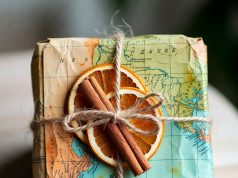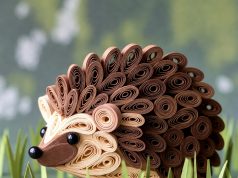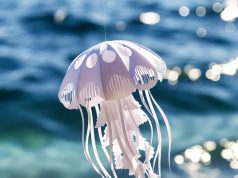The art of paper sculpture is booming - today masters create works of art out of ordinary paper that at a glance are indistinguishable from living creatures. These raptors with their hair, birds with shimmering plumage and insects with transparent wings make viewers swoon in amazement. How does ordinary paper turn into the fluffy fur of a fox or the silky feathers of an owl? This journey from a simple sheet of paper to hyperrealism is true magic, based on technique, patience and a boundless love of nature.
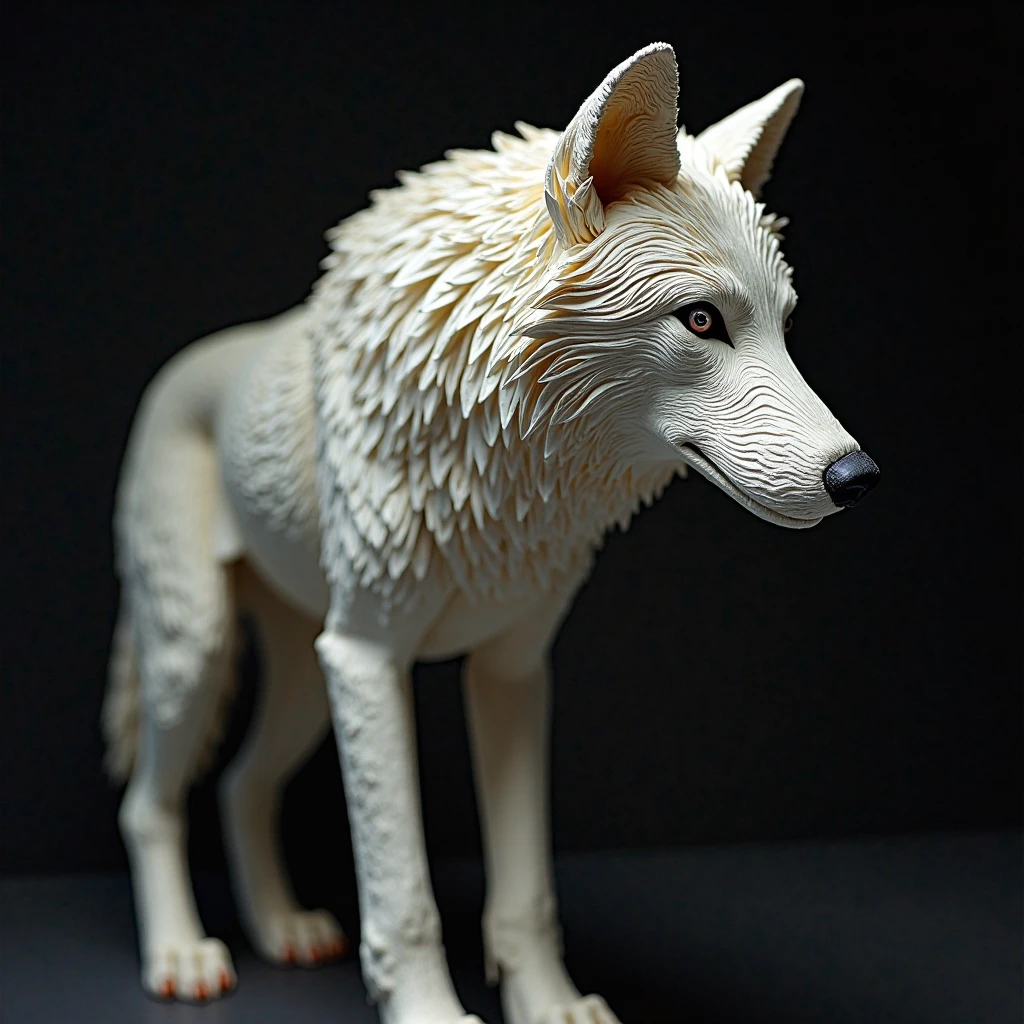
🎨 The choice of materials: the basis of hyperrealism
Creating a realistic sculpture starts with choosing the right paper. Masters use special grades, each with a different function:
Pastel paper with a density of 160-200 g/m² - is ideal for creating the base and large pieces. Its velvety surface holds its shape well and lends itself beautifully to coloring. Designer cardboard with texture is used to simulate rough leather, horns or claws. Rice paper is incredibly thin and translucent - it makes beautiful insect wings or light feathers. Metallized paper adds sparkle to eyes or creates a wet nose effect.
You will need scalpels of different sizes with replaceable blades, analog tools for embossing and shaping, cork boards for cutting, glues of different viscosity - from thick PVA for gluing large parts to liquid fixative for the finest elements. Real professionals often use homemade tools - sharpened spokes, stacks of different shapes, dental tools to create texture.
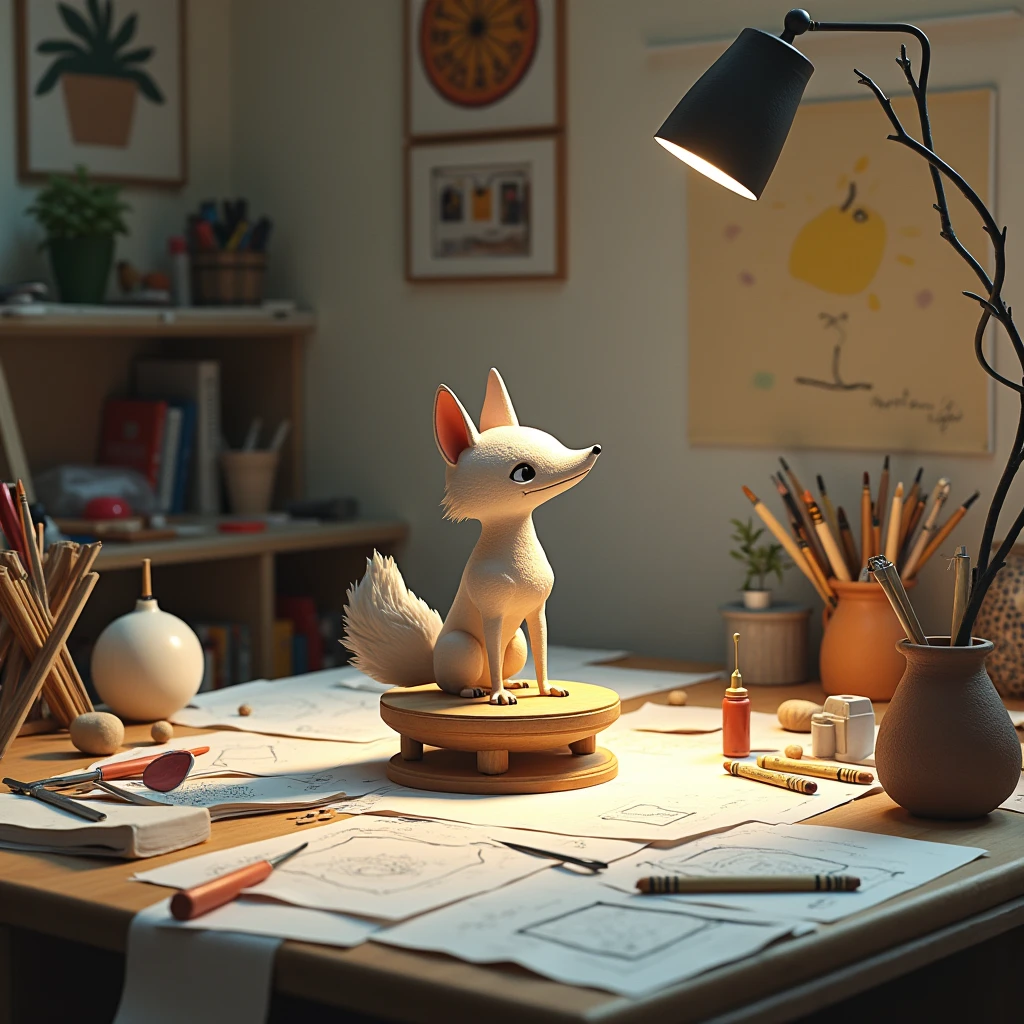
📐 The creation process: from sketch to masterpiece
Work on each sculpture begins with an in-depth study of the animal's anatomy. Artists look through hundreds of photographs, study the skeleton and musculature, observe the habits in nature. Only after understanding how the animal moves, how the fur lies down when the head turns, how the light of the eyes reflects, you can begin to create a sketch.
The framework is the foundation of the basics. It is made of wire of different thicknesses, twisted and bent according to anatomical proportions. For large animals the frame can be quite massive, for small animals - thin and graceful. Sometimes masters use foam blanks for the body to reduce the weight of the finished sculpture.
The volume is formed using papier mache or paper clay techniques. Layers of paper or paper pulp are applied to the frame, creating the main muscle groups, the outlines of the body. This stage seems rough, but it is here that the future grace and dynamics of the sculpture are laid down.
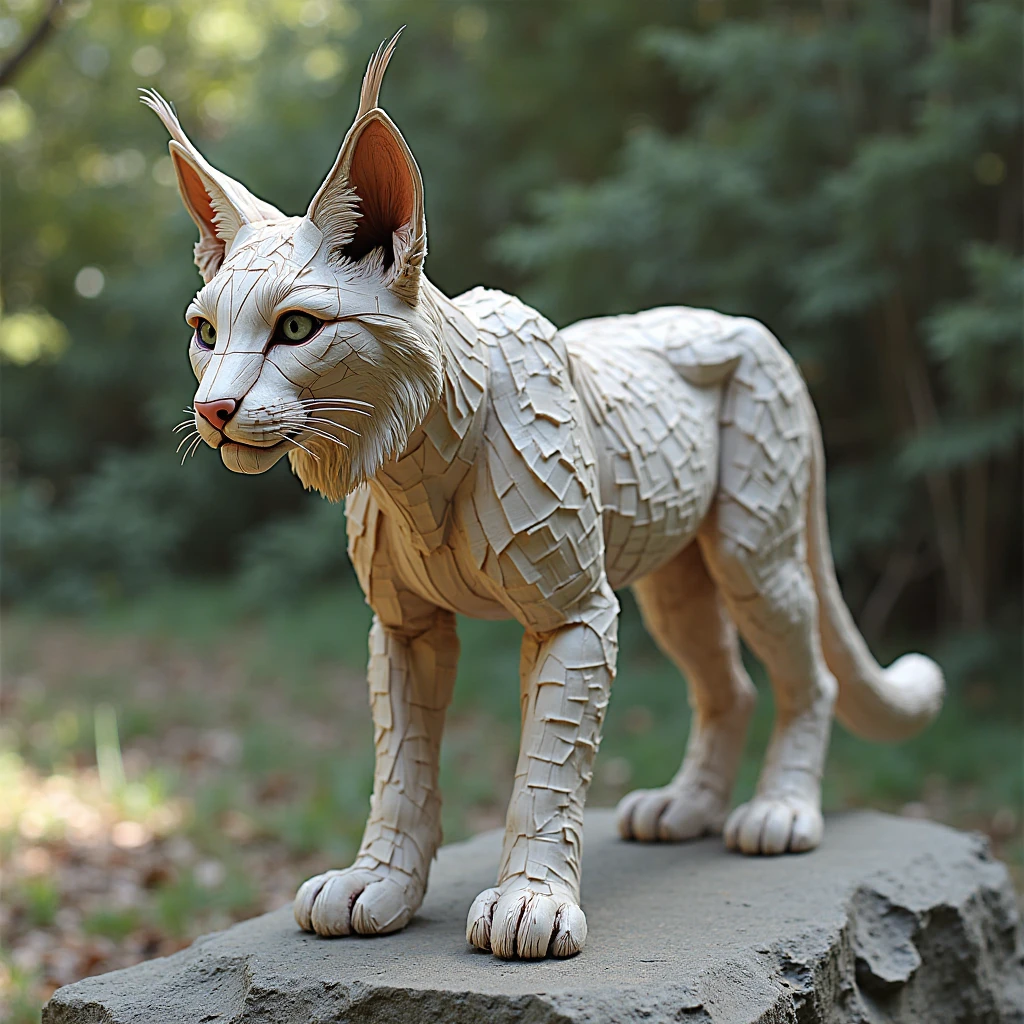
✂️ Miracle textures: fur, feathers, leather
The most difficult and meditative step is texture creation. There are several techniques used for fur:
Stripe technique - The paper is cut into thin strips (sometimes less than 1 mm wide), each of which is twisted, bent and glued individually. For long wool, the strips can be up to 10-15 cm long. Paper felting - The paper fibers are tangled in a special way to create an undercoat effect. Embossing - texture is applied to the already glued layers using special tools.
Feathers - is a separate art. Each feather is individually carved, often consisting of several layers of different transparency. Eye feathers are worked through with a scalpel to the point where every hair seems to be visible. The eye feathers of peacocks or pheasants are particularly complex - they are created from dozens of microscopic parts put together.
Skin and scales require a different approach. For them, the paper is crumpled, curled, pressed with special textured tools, and sometimes chemically aged with tea or coffee to give a naturalistic look.
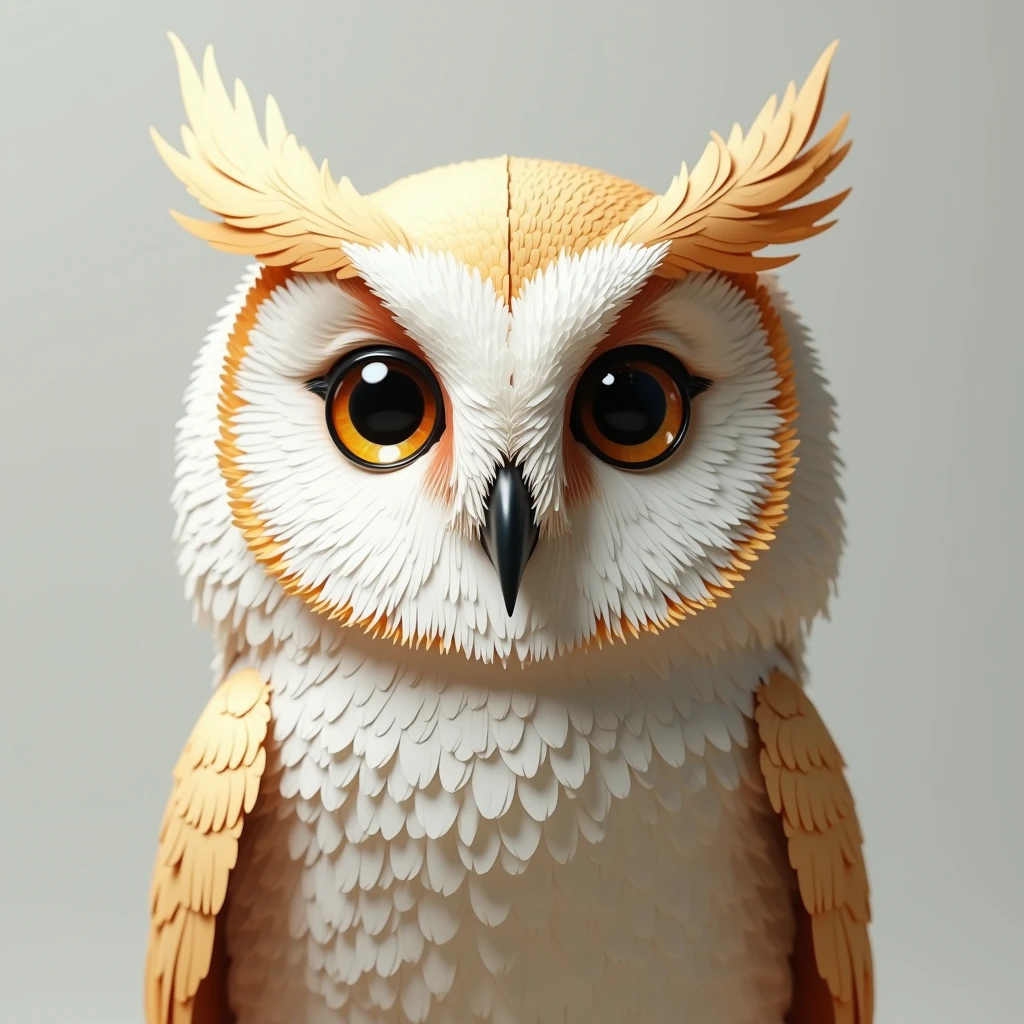
🎨 The magic of dyeing: from base color to realism
Coloring is what breathes life into a paper form. Masters rarely use paper of the right color - they prefer to dye an already finished sculpture to achieve maximum naturalness.
Acrylic paints - the basic workhorses. They are diluted to a watercolor state to preserve the texture of the paper. It's applied in dozens of layers - from the general background color to the lightest highlights. Dry brush - An indispensable technique for creating the effect of individual hairs showing through the base color. The airbrush is used for smooth transitions and complex gradients, such as on bird beaks or animal noses.
Special attention is paid to the eyes. They are made of glass beads or polymer clay, painted by hand, taking into account all anatomical features: iris pattern, pupil depth, glare. A properly made eye immediately enlivens the sculpture.
Finishing effects - dew on leaves, water drops on fur, dirt on paws - created with epoxy resin, gels with glitter and special varnishes of different gloss levels.
🌟 Famous craftsmen and their secrets
The world of hyper-realistic paper sculpture is pretty narrow, but there are some real stars in it. Calvin Nicholls (Calvin Nicholls) creates incredibly detailed animals, working on each sculpture for up to several months. His secret is jewelry precision and understanding of light. Jeff Nishinaka (Jeff Nishinaka) works in a more monumental style, creating large compositions. He often uses white paper, playing only with light and shadow. Johan Scherft (Johan Scherft) specializes in birds, achieving incredible realism in plumage.
What they have in common is incredible patience - an average sculpture takes 200 to 500 hours of work.They rarely use ready-made solutions - each tool is born in the process of working on a specific task. They rarely use ready-made solutions - each tool, each technique is born in the process of working on a specific task.
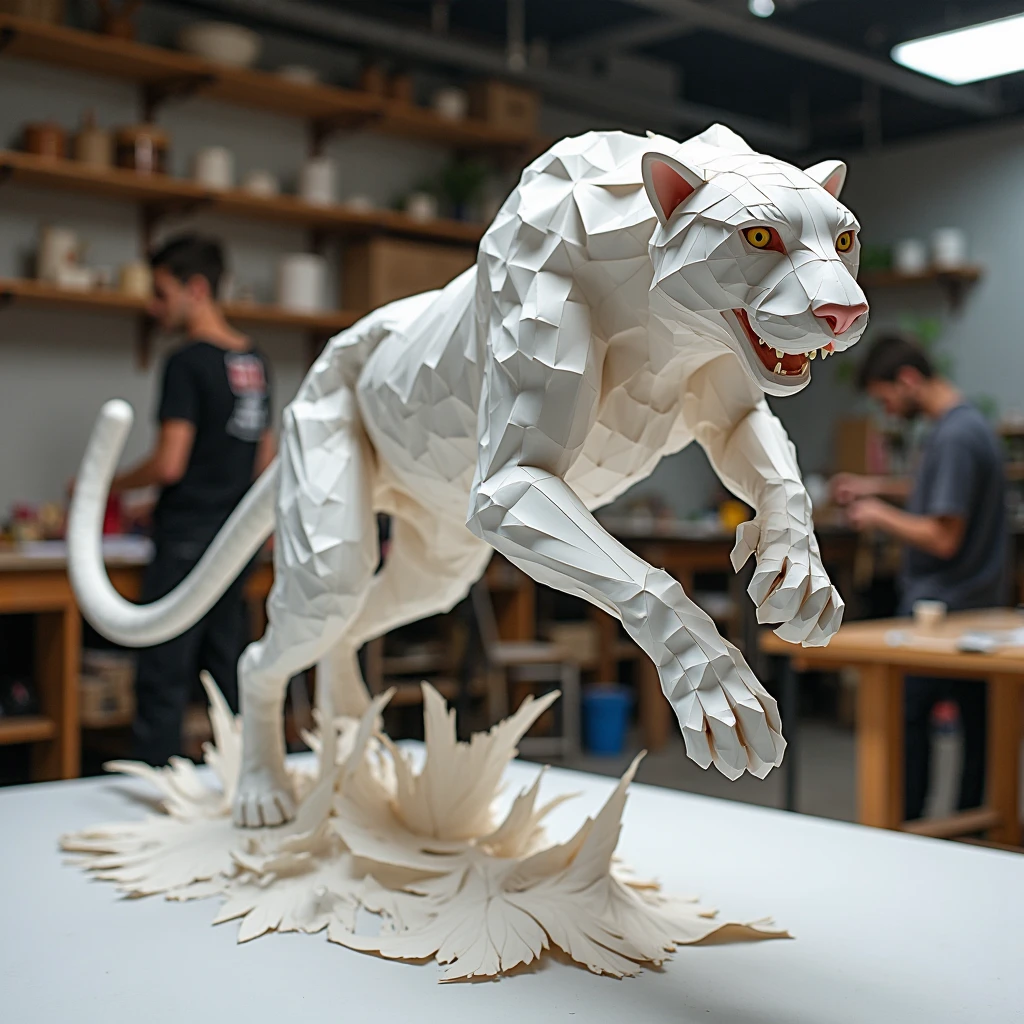
🖼️ Preservation and exposure: the eternal life of paper
Such fragile works require special storage conditions. They are placed in airtight cabinets with humidity control and UV protection. Some sculptors cover the works with a special protective varnish, but this always risks changing the color or texture.
Lighting plays a key role - properly directed spotlights emphasize volume, create a play of light on texture, and bring the sculpture to life. The wrong light can destroy the entire three-dimensional effect.
💫 Art that changes perception
Hyperrealistic paper sculptures are not just a technical skill. They are a meditation, a dialog with nature, an attempt to stop and preserve a moment of life. They make us think about the fragility of the beautiful, about how art can transform the simplest material, about the infinite beauty of natural forms.
When you look at such a work, you forget that you are only looking at paper - it seems that a bird will flap its wings and a wolf will turn its head in your direction. And that is the main magic of this amazing art.


